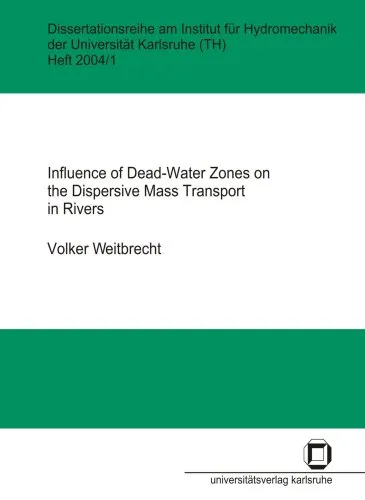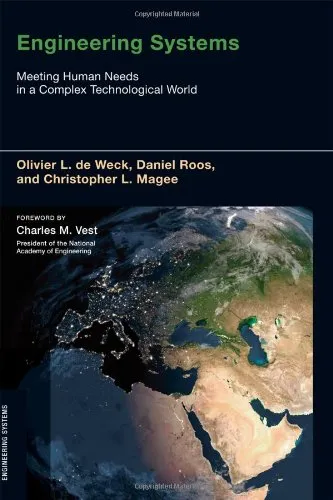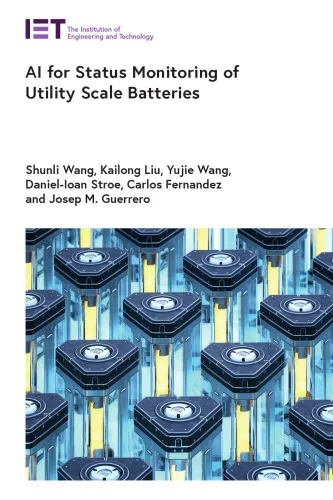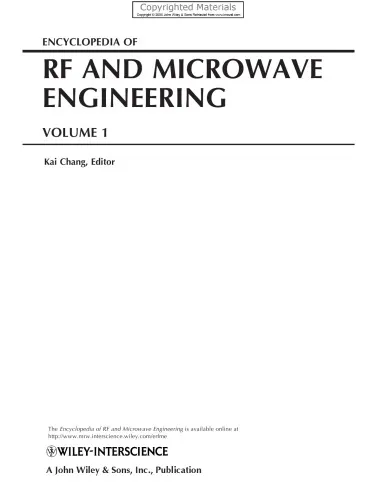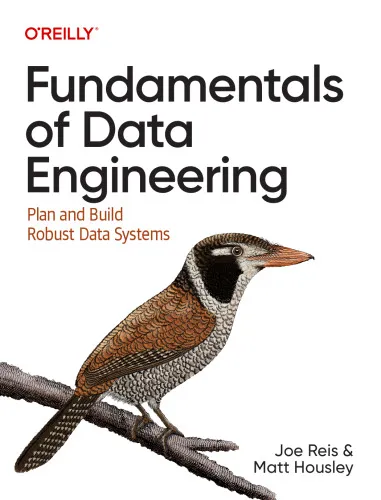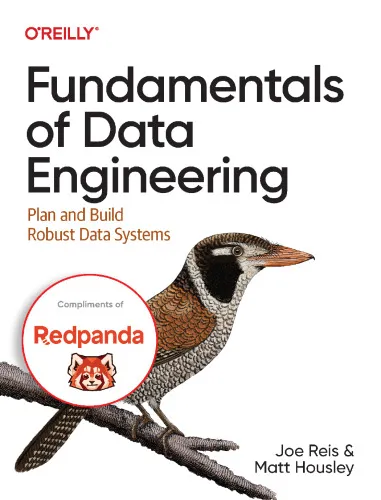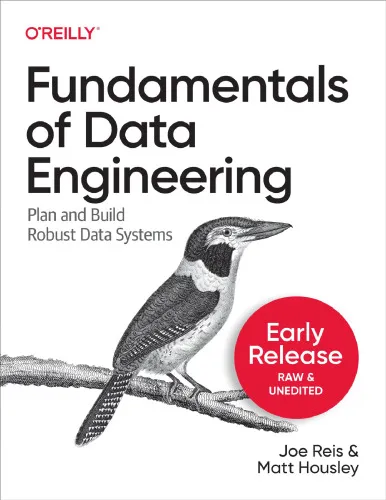Building and Environment
4.4
Reviews from our users

You Can Ask your questions from this book's AI after Login
Each download or ask from book AI costs 2 points. To earn more free points, please visit the Points Guide Page and complete some valuable actions.Related Refrences:
Analytical Summary
The book Building and Environmentpp.1000—1010 offers a refined exploration of the intersection between architectural practice, environmental performance, and sustainable design policy. Authored by Won Seok Song and Seung Ho Hong, it compiles advanced research and rigorous analysis to address how built environments respond to, and interact with, ecological systems. With meticulous attention to technical detail and conceptual depth, it is designed to serve readers who wish to move beyond surface-level sustainability discussions into data-driven, evidence-based methodologies.
Central to this work is the examination of building performance within varied climatic contexts, and its implications for human comfort, energy efficiency, resource conservation, and environmental resilience. The narrative bridges theoretical modeling with real-world case studies, ensuring that academic integrity is preserved while practical relevance is maintained. Whether you are an architect, urban planner, environmental engineer, or researcher, these pages invite critical thought and precise application.
Information about the exact publication year or any awards received is unavailable due to the absence of reliable public sources. Nevertheless, the substantive contributions within Building and Environmentpp.1000—1010 make it an essential addition to contemporary discourse on sustainable architecture and environmental design.
Key Takeaways
This book distills complex scientific principles and engineering practices into actionable insights for professionals seeking to innovate responsibly in the built environment.
Firstly, sustainable architecture is approached not only as an aesthetic and functional challenge but as an ethical imperative with quantifiable impacts. Detailed modeling of thermal performance, daylight optimization, and indoor air quality demonstrate the scope of integrated design thinking.
Secondly, environmental design strategies are contextualized through case studies that address diverse climate zones, materials science advancements, and socio-economic realities. This multi-layered analysis bridges laboratory research with field implementation.
Lastly, the work underscores the importance of interdisciplinary collaboration, drawing from environmental engineering, policy development, and community engagement to advance holistic building solutions.
Memorable Quotes
“Designing with the environment is not a trend, but a responsibility.”Unknown
“Architecture must speak the language of both human comfort and ecological balance.”Unknown
“Evidence-based design bridges innovation with accountability.”Unknown
Why This Book Matters
Building and Environmentpp.1000—1010 stands out as a technical yet accessible resource that validates pressing environmental challenges within the built environment sector.
Its value lies in blending quantitative analysis with qualitative vision, providing readers with both rationale and inspiration for embracing sustainable architecture and environmental design. The book fosters an understanding of ecological responsibility as an integrated component of architectural excellence rather than an optional add-on.
For academics, it provides well-supported frameworks for further research. For industry professionals, it offers tested approaches to improve building performance while minimizing ecological footprints. Such multidimensional applicability ensures its relevance for years to come.
Inspiring Conclusion
In closing, Building and Environmentpp.1000—1010 is more than a book; it is an invitation to engage rigorously with the principles of sustainable architecture and environmental design.
By weaving together research precision, practical applicability, and an undeniable commitment to ecological integrity, this work empowers its readers to take deliberate steps toward improving the built environment. Whether through redesigning existing structures, initiating innovative projects, or influencing policy, the lessons contained here are poised to inspire transformative action.
We encourage you to read, share, and discuss the insights of Building and Environmentpp.1000—1010 within your professional and academic circles, ensuring that knowledge leads to tangible, sustainable change.
Free Direct Download
You Can Download this book after Login
Accessing books through legal platforms and public libraries not only supports the rights of authors and publishers but also contributes to the sustainability of reading culture. Before downloading, please take a moment to consider these options.
Find this book on other platforms:
WorldCat helps you find books in libraries worldwide.
See ratings, reviews, and discussions on Goodreads.
Find and buy rare or used books on AbeBooks.
1136
بازدید4.4
امتیاز0
نظر98%
رضایتReviews:
4.4
Based on 0 users review
Questions & Answers
Ask questions about this book or help others by answering
No questions yet. Be the first to ask!


